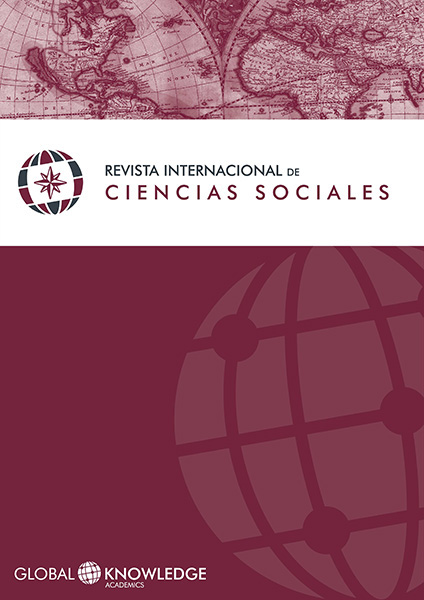Education in the Press: Analysis of the Image of Youth in the News Published in the Basque Autonomous Community
DOI:
https://doi.org/10.37467/gka-revsocial.v1.1208Keywords:
Newspapers, Youth, Children, Education, Image, CAVAbstract
The present study focuses on analyzing the image that the press published in the Basque Autonomous Community (CAV) projects on children and teenagers in relation to educational issues. In order to do this, we analyzed all information and opinion items published during 2010 in six daily newspapers in the CAV. The method used to carry out the research was the analysis of quantitative and qualitative content and was based on the so-called composite week technique, and a sample of six newspapers: El Mundo, El País, El Correo Español, El Diario Vasco, Berria and the Bilbao edition of Deia. The results obtained show that in most texts dealing with some aspect of education there are no direct and explicit references to minors. They also show that the way the media approach and manage the educational system often becomes a political or ideological battlefield.
Downloads
Global Statistics ℹ️
|
355
Views
|
417
Downloads
|
|
772
Total
|
|
References
Abela, J. (2003): Las técnicas de Análisis de contenido: una revisión actualizada. http://public.centrodeestudiosandaluces.es/pdfs/S200103.pdf [Fecha de consulta: 17 de mayo de 2012].
Alcoceba, J. A. y Matheus, G. (2010): “El discurso mediático sobre los jóvenes en España”. Anuario Electrónico de Estudios en Comunicación Social "Disertaciones", Vol.3, Nº 1.
Carbonell, J. (2006): La educación y su representación en los medios. Madrid. Morata.
Armentia, J.I; Caminos, J.M. (2009): Redacción informativa en prensa. Barcelona: Ariel.
Gaitan, J.A; Piñuel, J.L. (2007): “La agenda temática sobre Educación en la prensa digital: las TIC entre otros temas”. Revista Interuniversitaria de Formación del Profesorado. Vol. 21.
García González, A. (2005): “La juventud en los medios”. Revista de Estudios de la Juventud. Nº 68.
García Matilla, A. (2007): “Cómo mira la televisión a la Escuela”. Revista Interuniversitaria de Formación del Profesorado. Vol. 21.
Giró, X. (2003): “La imatge de la joventut a la premsa escrita. Valors, política i violencia”. Anàlisi. Nº. 30.
Lara, F. (2011): “Infancia, medios de comunicación, sociedad”, en Defensor del Menor de la Comunidad de Madrid, Consejo general de la Abogacía Española, Asociación de la Prensa de Madrid: Menores en los medios de comunicación. Madrid.
Marinas, J. M. (2006): “Infancia, ciudadanía y medios de comunicación”. Política y Sociedad, Vol. 43, Nº 1.
Sádaba, Teresa (2008): Framing: el encuadre de las noticias. El binomio terrorismo-medios. Buenos Aires: La Crujía.
Zabaleta, Iñaki. (1997): Komunikazioaren eta ikerkuntzako metodología. Bilbo: Udako Euskal Unibersitatea.
Downloads
Published
How to Cite
Issue
Section
License
Those authors who publish in this journal accept the following terms:
-
Authors retain copyright.
-
Authors transfer to the journal the right of first publication. The journal also owns the publishing rights.
-
All published contents are governed by an Attribution-NoDerivatives 4.0 International License.
Access the informative version and legal text of the license. By virtue of this, third parties are allowed to use what is published as long as they mention the authorship of the work and the first publication in this journal. If you transform the material, you may not distribute the modified work. -
Authors may make other independent and additional contractual arrangements for non-exclusive distribution of the version of the article published in this journal (e.g., inclusion in an institutional repository or publication in a book) as long as they clearly indicate that the work was first published in this journal.
- Authors are allowed and recommended to publish their work on the Internet (for example on institutional and personal websites), following the publication of, and referencing the journal, as this could lead to constructive exchanges and a more extensive and quick circulation of published works (see The Effect of Open Access).













